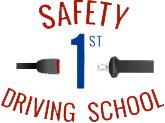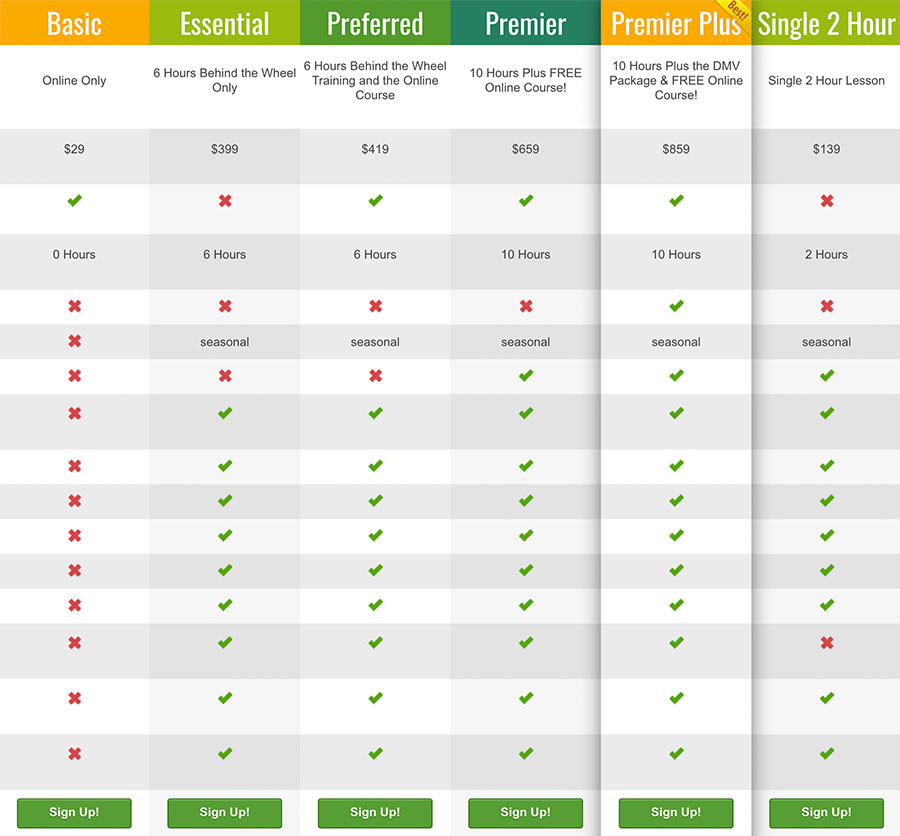Not every car crash is an accident…
Anyone who’s been in a car accident knows, it all happens so fast. Often times it’s tough to recount all the events leading up to a car accident because you’re just driving along, and then BAM! You get hit. You’re stunned and shaken, and your memories may be fuzzy, so the other driver’s story – or a witness’s account – may seem reasonable to you in the moment.
Unfortunately, there are scammers out there who prey upon a person’s emotional state immediately after an accident. Staged accidents and insurance fraud are growing in popularity. We want you to be aware of it so that you can reduce your chances of becoming a victim.
Who is likely to be a victim of staged accidents?
The most likely targets include:
- women and the elderly (may be easier to intimidate)
- drivers of new or luxury cars (may have higher insurance limits)
- drivers of big rigs or other work vehicles (these cases may be more lucrative)
(source: DMV.org)
You may not be able to avoid an accident caused by a scammer because it happens so quickly and there usually aren’t avoidable signs that it’s going to happen. However, a driver’s behavior after the accident can tip you off that things may not be on the up and up.
There are several types of staged accidents/insurance fraud, but not all of them involve innocent victims. Sometimes the entire accident is staged and no one is an actual victim. Other times, however, the accidents involve innocent victims who are then made to appear at fault for the accident. These are the kinds you need to be aware of.
Here are two popular types of staged accidents involving an innocent victim:
1. Swoop & Squat
This tactic has become popular in Southern California, according to this article in the LA Times. In traffic, a driver suddenly swoops in front of you, then slams on their brakes, causing you to rear-end them.
Here’s a quick video produced by the LAPD and the NICB (National Insurance Crime Bureau), demonstrating the Swoop & Squat:
https://youtu.be/l-zRyvKxJmc
2. Left Turn Drive Down
Here’s another quick video demonstrating the Left Turn Drive Down. Ladies, beware: this one typically targets women:
https://youtu.be/xeawsKXXoFs
Other types of staged accidents include:
- the Sideswipe
- the T-bone
- the Wave
- the Panic Stop
- the Start-and-Stop
(sources: State Farm Insurance and Esurance)
How to Recognize a Staged Accident
Unfortunately, you might only recognize red flags of insurance fraud after the fact. Nevertheless, be sure to notify your insurance company right away if you see any of these signs of a staged accident/insurance fraud:
- a random “Good Samaritan” appears on the scene and offer to help by referring you to a good doctor/chiropractor, lawyer, or repair shop
- the other party’s doctor, or a doctor referred to you by someone else, insists that you file a personal injury claim even though you weren’t hurt
- tow trucks arrive on the scene even though no one called them. Read more about tow truck scams here.
Also remember that these people often pack their cars with passengers. The more people who can report injuries, the better.
What to Do if You are the Victim of a Staged Accident
If you are a victim or witness of a staged accident or believe insurance fraud has been committed, first contact your insurance company directly. Then, if you are so inclined, call the NICB at 1.800.TEL.NICB or text the word “FRAUD” to TIP411 (847411). You can also report it online at the NICB’s website.
Here are the DMV’s recommendations for handling a fraudulent accident:
Staged car accident scam artists are vulnerable to facts. The more information you provide, the more equipped you are to fight an insurance scam.
Snap photos from every angle of the involved vehicles, with special focus on the damage. Also, capture on camera the license plate, as well as photos of the driver and all the passengers in the other vehicle.
Take copious notes, and record as much as you can of the following:
- Driver license number
- Vehicle registration information
- Car insurance information
- Name, address, and phone number
- The general height and weight (as well as the ethnicity) of the other car’s driver and passengers
Also, call the police if you suspect that you were in a staged accident.
Don’t ever settle on site with cash; always report the accident to your car insurance company, and let them know if you suspect a scam.
Staged accidents are on the rise: Don’t be a victim!


